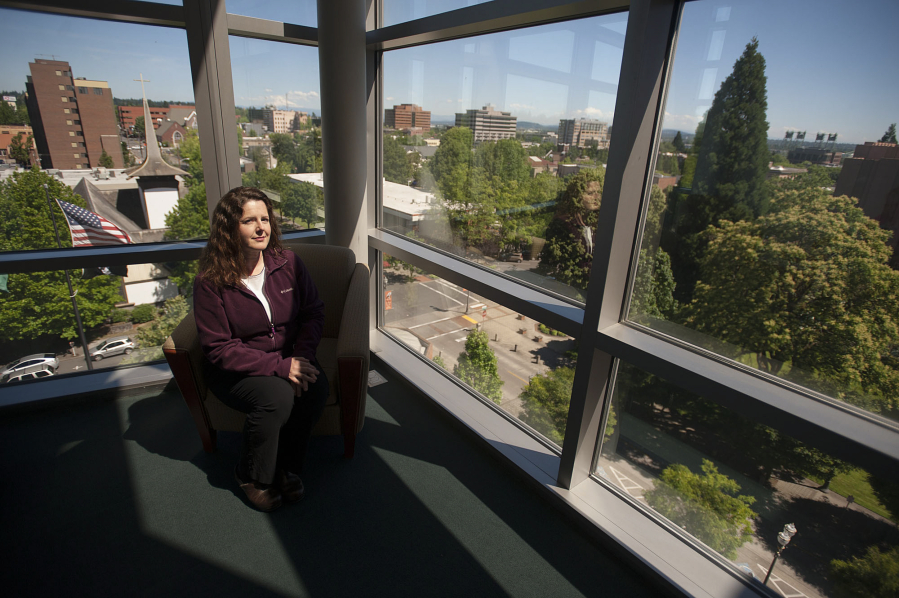It pays to be a man at a public agency in Clark County.
A man was the top-paid employee last year at most public agencies in the county. Just six of the area’s 35 major public agencies gave their highest salary to a woman.
To find the first woman on that 35-agency list, you’d have to scroll down to No. 22: Washougal schools Superintendent Dawn Tarzian, who earned a $130,132 base salary in 2015 before she retired. The top-earning man, Mel Netzhammer, chancellor of Washington State University Vancouver, received an annual base salary of $320,970.
Take a closer look at two of the region’s biggest public agencies: At the city of Vancouver last year, 20 of its 100 highest-paid workers were women; at Clark County, 36 were women.
There are some explanations for the pay gap. Jobs involving physical labor and public safety still overwhelmingly tend to be held by men. Because those jobs are associated with services offered by municipalities, it follows that some public agencies would employ more men than women.




